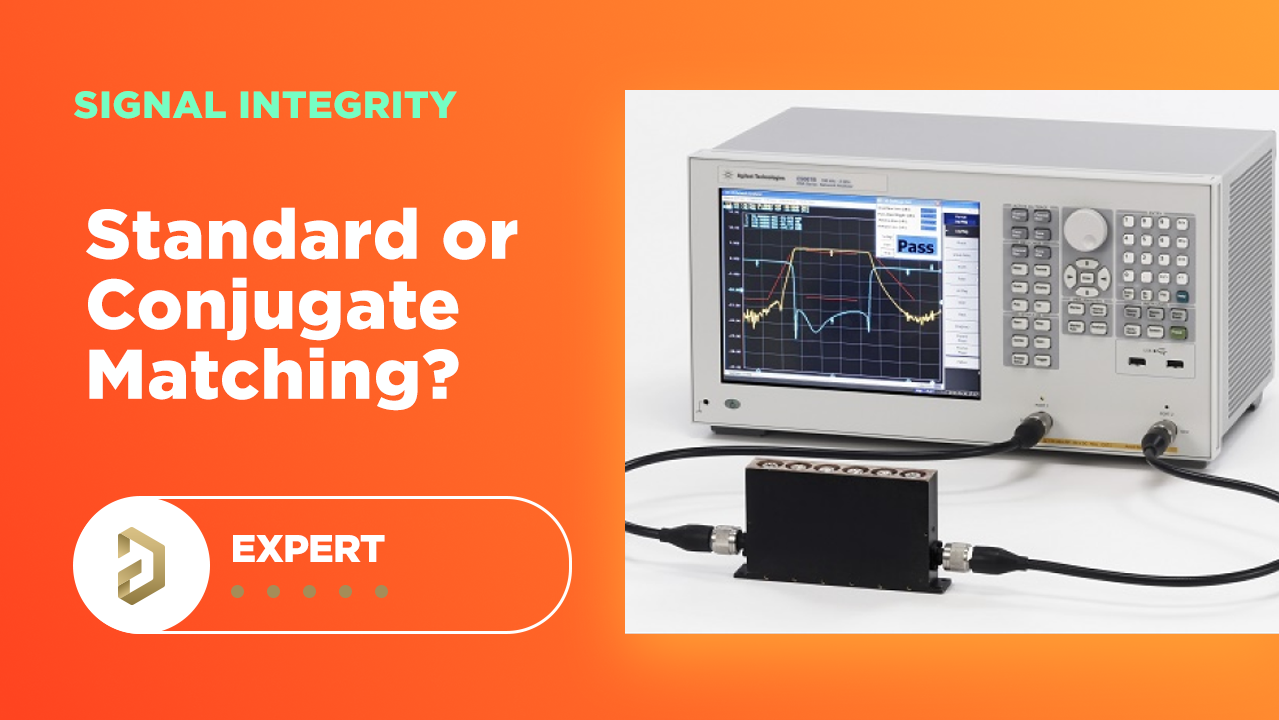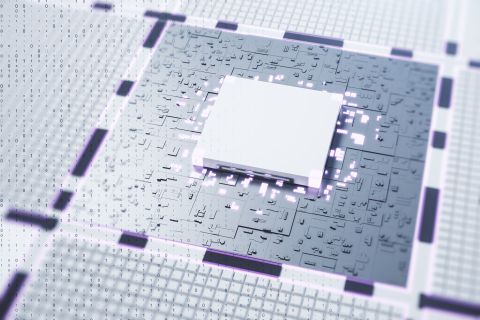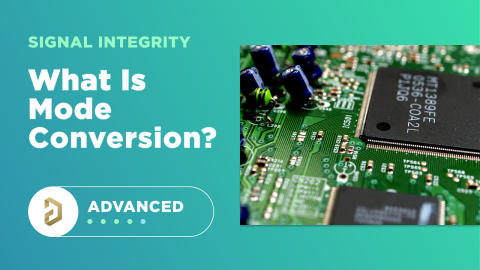Reflectionless Matching vs. Conjugate Matching: An Apparent Contradiction

Table of Contents
There is one confusion related to impedance matching that comes up again and again, and it appears to be a fundamental confusion between reflection and power delivery. This leads to an apparent contradiction that arises when we try to generalize power delivery to wave reflection, despite the fact that the two were not meant to be related.
The contradiction I’m referring to relates to reflectionless impedance matching compared to conjugate impedance matching. The contradiction goes like this:
- According to the maximum power transfer theorem, a load receives maximum power when the source and load are conjugate matched.
- Therefore, for an electromagnetic wave to transfer maximum power to a load, we would expect the reflection coefficient to read as follows: Γ = (ZL - Z*)/(ZL + Z)
- The equation in #2 does not match the typical reflection coefficient we see from transmission line theory, so there must be some contradiction.
The logic goes that only one of these equations can be correct. However, if you look through the original formulation of S-parameters in Kurokawa’s paper, we’ll see that there is a consideration for both types of reflection coefficients, even though only one of them is physically measurable.
This all arises due to coincidence and some definitions being muddled. In fact, the apparent contradiction in the definitions of a reflection coefficient and conjugate matching in the maximum power transfer theorem arises due to the way in which wave propagation is defined in the original formulation of S-parameters. It also relates to the fundamental definition of the reflection coefficient from electromagnetism. In this article, I’ll look at these different reflection coefficients so we can see where the confusion arises in this line of thinking.
Two Definitions of Reflection
Before getting started on this section, I would refer the interested reader to Kurokawa’s original paper to learn about the power reflection coefficient:
In addition, I won’t go into the full derivation of the maximum power transfer theorem as this is an elementary result from circuit design. In short, the theorem states that maximum power is transferred between a source and a load when:

Here, the asterisk (*) indicates a complex conjugate, thus the term conjugate impedance matching.
This same relation arises in impedance matching, but it happens within the definition of power waves as defined by Kurokawa. It does not arise in the definition of voltage waves, which is used to derive the conventionally understood version of the reflection coefficient.
Traditional Reflection Coefficient
When we say that a transmission line carries or guides an electromagnetic wave, we say this because we are considering the individual electric and magnetic fields being guided by the line. In transmission line theory, we are looking at a voltage wave being guided by the line, from which we can calculate the electric and magnetic fields. The standard definition for a reflection coefficient is derived by considering the electric field or the voltage wave being guided along the transmission line structure. This is how we get the traditional reflection coefficient definition:

This is the definition we would typically use to determine an input impedance, which is derived using voltage waves. I’ve used a reference impedance for the source-side impedance because this is the value we would use for comparison in S-parameter measurements and analysis. Traditionally, this assumes a reference impedance with 2-port S-parameter definition given by the following:

Normally, we set the reference impedance at each port is just a real value, like 50 Ohms, and this is what would be used in a real measurement. This is despite the fact that an Re operation appears in the denominator of the above definition, and I think this contributes to the confusion.
The other definition, which causes conjugate matching as defined in the maximum power transfer theorem to be confused with a requirement for conjugate matching in high-speed/high-frequency circuits, relates to an alternative definition for S-parameters that allows for a complex reference impedance.
Power Wave Reflection With Complex Reference Impedance
It’s an interesting coincidence that conjugate impedance matching arises in two cases where we are dealing with power: one in the case of power delivery and the other in terms of the average power carried by an electromagnetic wave.
In Kurokawa’s paper, there is a definition of a reflection coefficient for power waves:

This definition can be used with the following (more general) definition of power waves:

From the above definition, we see that the power and voltage wave reflection coefficients reduce to the same physical situation when the reference impedances are purely real. The definition of a power wave coefficient is important under the definition of power waves as given in Kurokawa’s paper and as used to define S-parameters.
Here is where we have to note that power waves are non-physical entities. Electromagnetic waves carry power, but they are not “power waves” as implied by Kurokawa’s definition. Yes, it is true that we have handy instruments like vector network analyzers to give us measurements of S-parameters that are based on the definition of power waves. However, the power waves originally defined in Kurokawa’s paper are inferred from electric and magnetic fields (or the corresponding voltage and current, respectively).
You Can’t Always Get Both Matching Types Simultaneously
When we compare conjugate matching vs. reflectionless matching, and we think about what happens when a wave encounters a complex load, I think we start to see Kurokawa’s logic.
If you want to think about this in terms of maximum power transfer in circuits, then it is important to realize that not all of the voltage will be delivered to a load in the case where you are delivering maximum power. Even with real source and load impedances, you lose half of the voltage across the source impedance. When the load is reactive, you’re sacrificing some voltage delivery to increase current delivery. The result is there is some ideal phase difference that yields maximum power, just like we have in the maximum power transfer theorem.
Something similar is happening when you have a traveling wave (a voltage wave) encountering a load. The complex load (whether a circuit, waveguide, distributed system, etc.) can induce a phase shift in the incoming voltage wave (electric field) with respect to the incoming current wave (magnetic field). The result is: some voltage reflection occurs, but there will be a precise reactive impedance mismatch that causes the transmitted power wave (as defined by Kurokawa) to be maximized. And so, you can minimize voltage reflection or power reflection, but not both simultaneously.
When you need to design and route transmission line sections in your RF design, use the complete set of PCB design tools in Altium Designer®. When you’ve finished your design, and you want to release files to your manufacturer, the Altium 365™ platform makes it easy to collaborate and share your projects.
We have only scratched the surface of what’s possible with Altium Designer on Altium 365. Start your free trial of Altium Designer + Altium 365 today.



















